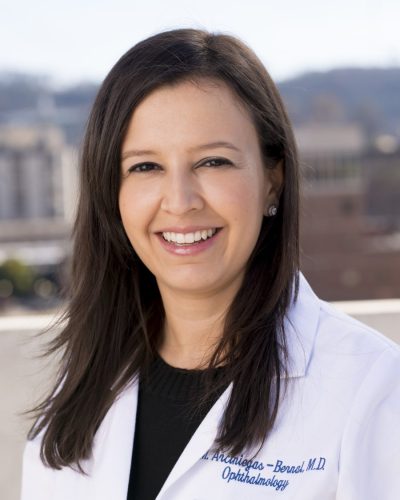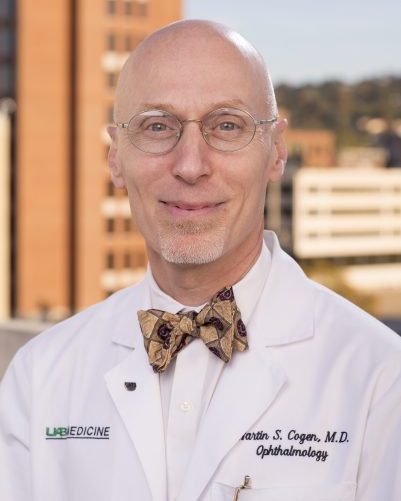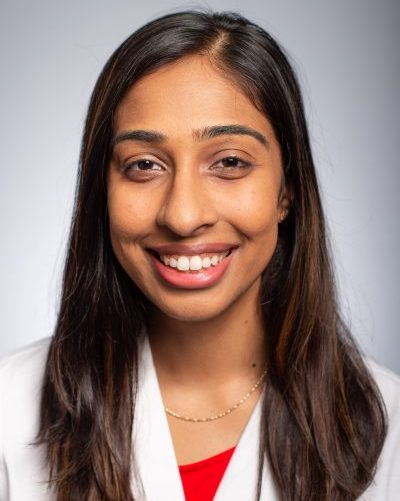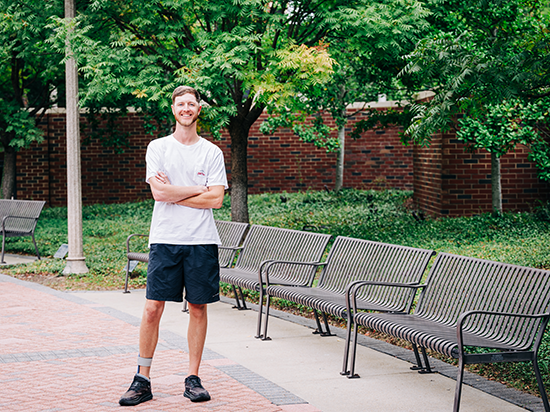Strabismus surgery is performed to correct misalignment of the eye. In strabismus, the two eyes do not line up properly so they do not view the same object at the same time, a condition commonly known as “crossed eyes.” It is caused by abnormal weakness or strength in the muscles that control eye movement. Most such surgery is for children who were born with strabismus. If corrective glasses, eye patch, or other treatment isn’t helpful, one or both eyes may undergo surgery. Eye and neurological tests are done first, to determine how much the eyes are out of alignment. With the child under general anesthesia, the surgeon cuts through the tissue covering the white of the eye (conjunctiva) to reach the eye muscles that need surgery. A section of muscle may be cut out to shorten and strengthen it. If the muscle needs to be weakened, it is reattached farther toward the back of the eye. Adults who usually acquire the condition have a similar surgery, but require only local anesthesia. In adults, an adjustable suture is used on the weakened muscle so that minor corrections in alignment can be made later.
UAB Callahan Eye has more than 25 physicians, many of them named among the top doctors in their fields nationally. They are renowned for their advances in eye care, breaking through old ways of treating blinding eye diseases and revolutionizing many areas of ophthalmology.
Ophthalmology care at UAB is located in UAB Callahan Eye Hospital, one of the busiest eye hospitals in the country, where specialists work together to treat complex cases. The UAB Callahan Eye Hospital surgical suite houses nine operating rooms dedicated to eye surgery as well as a 24/7 Eye emergency room, which is the region’s only Level I Ocular Trauma Center. More than 15,000 surgeries are performed at UAB Callahan Eye Hospital each year, and we conduct more reconstructive eye surgeries than any other facility in the world. Patients come from around the nation to be treated for eye conditions at UAB.
The UAB Center for Low Vision Rehabilitation works with patients to maximize vision and provides services such as orientation and mobility, occupational therapy, and support groups for patients dealing with vision loss or impairment.
Through ongoing research and clinical trials, UAB continues to make great strides in the field of ophthalmology. In addition to our physicians, we have a team of vision scientists who are fully dedicated to researching causes, preventions, and cures for eye diseases such as diabetic retinopathy, glaucoma, and macular degeneration. Many UAB ophthalmologists have received funding from prestigious research organizations and institutions and collaborate in clinical care to deliver the latest in scientific discovery to our patients.
Care Providers
Videos
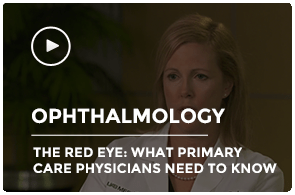
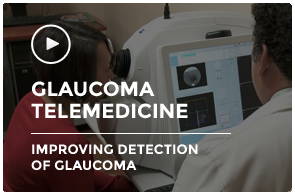
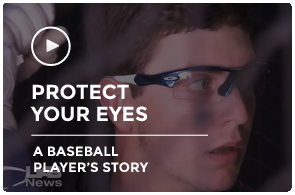
Resources
Related Specialties
Clinical Trials
Speak to your physician about your options and browse the link below for more information
Latest News
View All News-
Two UAB inventors named National Academy of Inventors fellows
December 11, 2024
-
Blazer Bridge Fund continues encouraging innovative discoveries; announces 2024 winners
September 20, 2024
-
Keep the fireworks fun in the sky and out of your eyes
June 28, 2024
-
Too much screen time is a risk to children’s eyes. Here is how to protect their eye health.
May 20, 2024
-
ALG6 acts as a modifier gene in the inherited genetic eye disease retinitis pigmentosa 59
March 20, 2024

